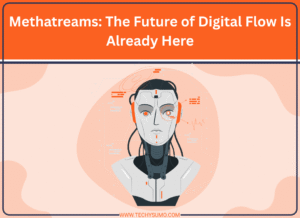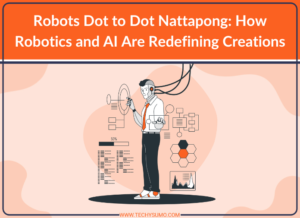As AI integration accelerates, enterprises face a critical challenge: ensuring models act on accurate, contextual information. Traditional approaches often feed AI systems fragmented data or static prompts, which leads to inconsistent outputs and hidden risks. Model Context Protocol (MCP) emerges as a transformative standard—a structured framework for dynamically supplying AI with relevant, real-time context. Integrating MCP isn’t just about technical optimization; it’s about building trustworthy, adaptable intelligence across your entire tech stack.
Table of Contents
The Context Crisis: Why Ad-Hoc Solutions Fail
Modern applications rely on AI for decisions ranging from customer interactions to fraud detection, yet most models operate with limited visibility. Customer service bots, for instance, may lack real-time access to support ticket history; analytics tools can generate insights without current sales pipeline data; and personalization engines often guess preferences instead of leveraging CRM activity. This context gap forces organizations into brittle workarounds: hardcoded prompts, custom pipelines or, worse, accepting inaccurate outputs. As AI solutions scale, these gaps compound into reliability failures, compliance risks and eroded user trust.

How Model Context Protocol Works: The Connective Tissue
If you are wondering how model context protocol works we have you covered. It is the connective tissue between your data sources and AI models by standardizing how applications provide context and how models request missing information. At its core are structured context schemas: reusable templates such as “User Session Context,” which might include fields like session ID, past purchases and active support tickets. During runtime, models make dynamic context fetches—for example, calling a function like get_current_inventory() to retrieve real-time stock levels. An access control layer governs which contexts each model or user can access, while audit trails log every context fetch for compliance and reproducibility.
Integration Pathways: Embedding MCP in Your Stack
Phase 1: Context Orchestration Layer
In the first phase, you establish a context orchestration layer by centralizing context sources through MCP-compatible brokers such as Apache Kafka or cloud pub/sub systems. These brokers ingest data from databases (user profiles, transaction logs), external APIs (CRM, ERP, inventory systems) and real-time streams (click events, IoT sensor data). You then define and catalog critical context schemas—customer, product and session objects—each with explicit field definitions.
Also Read
Phase 2: Model Integration
The second phase focuses on model integration: you wrap models with MCP adapters using libraries like mcp-client so that, during inference, models can request context on the fly. For example:
user_context = mcp.fetch(schema="user_profile", user_id=request.user_id)
response = model.generate(prompt, context=user_context)You also build in graceful fallbacks to handle missing context without failures.
Phase 3: Governance & Optimization
The third phase addresses governance and optimization: implement context policies to restrict access to sensitive fields (PII or financial data) through role-based controls, and monitor context utilization to track latency and usage for optimizing high-value sources.
Real-World Impact: Transforming AI Workflows
In customer support automation, chatbots without MCP answer generically and remain unaware of open tickets or recent returns. By contrast, when MCP is in place the model fetches purchase history, active support cases and sentiment analysis from the last interaction before responding—driving a 40 percent faster resolution and 30 percent fewer escalations, according to Forrester. Dynamic pricing engines see similar gains: without MCP, models rely on stale inventory data and risk overselling. With MCP, real-time context pulls in warehouse stock levels, competitor price feeds and demand forecast updates, resulting in a 2.5 percent revenue lift through precision pricing, as reported by McKinsey.
Critical Implementation Considerations
Latency management requires caching frequently accessed context such as user profiles, setting timeout thresholds for real-time queries and prioritizing the most critical context fields. Security and compliance demand encrypting all context in transit and at rest, auditing every context access to satisfy GDPR and CCPA requirements, and practicing data minimization by requesting only essential fields. Evolutionary design involves versioning your context schemas to maintain backward compatibility and monitoring for context drift—such as API contract changes—to ensure your system stays reliable. As the IEEE Standards Association puts it, “MCP succeeds when context becomes as manageable as application code.”
The Strategic Advantage
The strategic advantages of integrating Model Context Protocol extend beyond reducing technical debt. Accuracy is boosted because models act on complete, current information; development velocity accelerates, with new AI features deployed up to 60 percent faster by reusing standardized context schemas; risk is mitigated through detailed audit trails and strict access controls that prevent data leaks; and costs are optimized by eliminating custom point-to-point integrations.
Conclusion
Model Context Protocol represents a paradigm shift in enterprise AI—from isolated models guessing in the dark to interconnected systems operating with shared situational awareness. By treating context as a first-class citizen in your architecture, MCP unlocks consistent, trustworthy and dynamic intelligence. The initial integration demands careful planning: prioritize high-impact use cases, enforce rigorous governance and design for evolution. As enterprises increasingly stake their competitiveness on AI, MCP transforms context from a liability into your most strategic asset.






